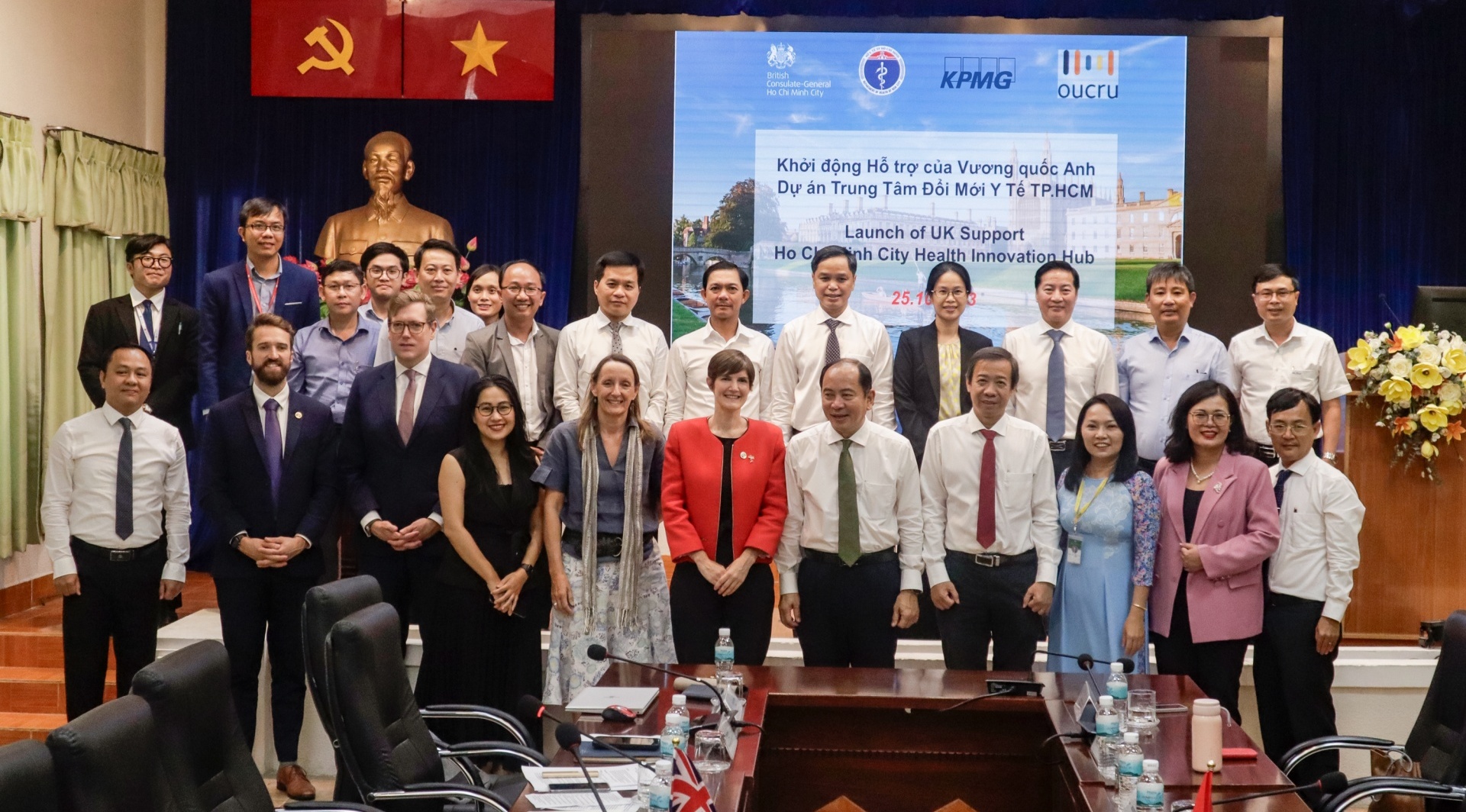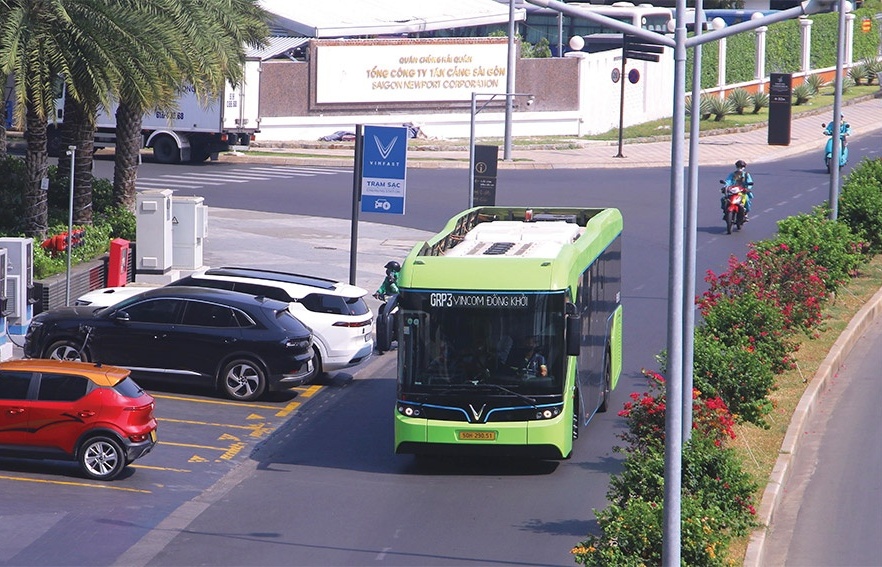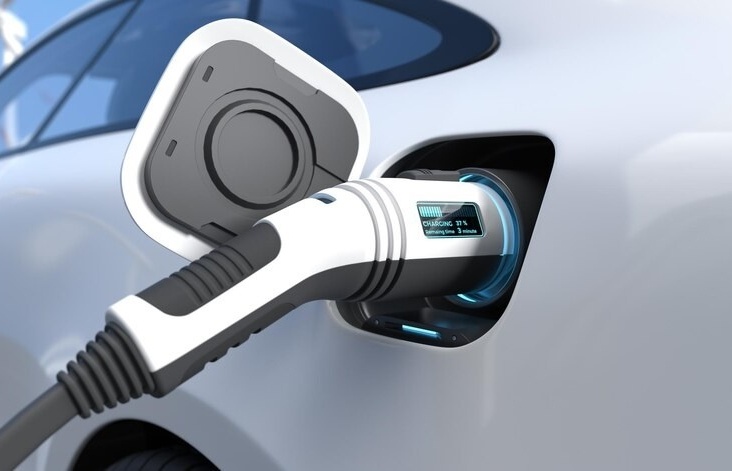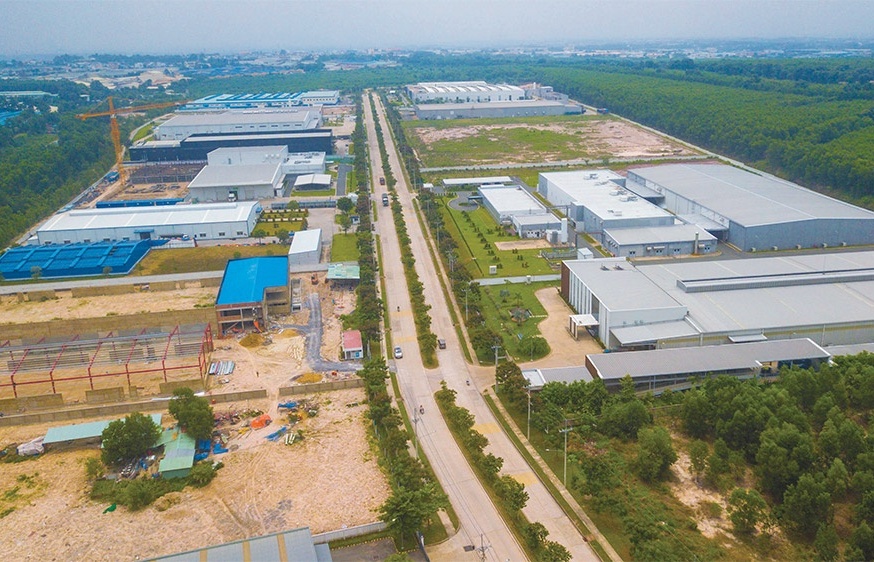Basel II big chance for banking M&As
 |
The Vietnamese government recently decided to lift the foreign ownership cap on Vietnamese banks. Will this move boost the appeal of domestic lenders, especially regarding possible mergers between foreign and Vietnamese banks?
In general, foreign investors prefer majority ownership, as many have experienced the disadvantage of minority holdings. Lifting the foreign ownership limit is thus a milestone development and one of the strategic steps to attract foreign investors to tap into the strong potential of Vietnam’s banking industry.
There are many untouched market segments in Vietnam that foreign investors can explore. While there have been some recent developments in the sector, banking penetration in Vietnam is still much lower than the regional norm. It is estimated that only 20 per cent of the Vietnamese population has a bank account.
If foreign investors choose to pour capital into Vietnam, they can either take over a Vietnamese bank or open a foreign-owned bank here. How they evaluate each option very much depends on their own objective and strategy, but the question boils down to whether they want to build or use.
I have talked to some foreign investors who are interested in taking over an existing Vietnamese bank. This way, they will own the bank’s existing branch network and relationships, which will accelerate their presence in the market.
 |
| Basel II gives the industry-wide stability investors crave Photo: Le Toan |
Regarding possible takeovers of Vietnamese banks by foreigners, do you think investors are interested in buying struggling lenders? What is your advice for foreigners who wish to conduct mergers and acquisitions in Vietnam?
Of course, foreign investors will face numerous challenges and risks when buying weak Vietnamese banks. On the other hand, overseas buyers can immediately take advantage of the struggling bank’s network, existing customer portfolio, operating systems, and so on.
In general, experienced investors see opportunities in any issue, thus a good one will be able pick out a struggling bank that has potential.
My advice for interested foreigners is that they must have local understanding. Banking in Vietnam is highly sensitive, especially during the restructuring process, which can become complex in terms of finance, legality, tax, commercial aspects, operations, macro-economic stability, and more. Furthermore, it is also very important to gain support from the government, especially the State Bank of Vietnam (SBV).
Recently, a major deal between a local bank and a foreign investor was postponed, possibly due to price disagreements. What can we learn from this incident?
If we go into details, that unfortunate delay was due to a number of issues beyond price negotiation. That includes timing, expected market trend, and integration matters.
There are a couple of lessons we can learn from this incident. Most importantly, there are various expectations from different stakeholders involved in any deal. When these expectations aren’t met, the deal falls through. Lenders should take into account the various expectations from these stakeholders before initiating the deal.
Many foreigners are wary of Vietnam’s chronic problem with non-performing loans (NPL). In your opinion, have Vietnamese banks overcome their bad debt issues? Can Vietnam Asset Management Company (VAMC) fulfil its role as a debt buyer when there is no debt market?
It has been nearly a year since the banking industry managed to reduce the NPL ratio to under 3 per cent. We can draw two conclusions from this figure:
First, Vietnamese lenders have worked hard to improve their credit risk management practice to minimise new NPLs. Second, the legacy is still haunting banks, nevertheless. Nearly VND280 trillion ($12.2 billion) of debts sold to VAMC are waiting to be resolved. Banks still need to put a lot of effort into recovering those bad debts, with support from the government and SBV.
By quarantining bad debts, VAMC has played a very important role in reducing the NPL ratio. It helps lenders temporarily “park” sour loans in a “safe place”, and successful banks can generate more income.
Honestly, it is not fair to expect VAMC alone, or any other single entity, to be the “magic wand” that wipes out bad debts for the entire economy. VAMC needs direction and support from the government, together with integrated efforts from banks, borrowers, government agencies, foreign investors, and more related parties.
One problem is the lack of a debt market, which can only be built if the commodity is traded easily. At the moment, the majority of debts here come from “dead” property projects that need significant regulatory support before they can be freely traded.
Looking out to other countries such as Thailand, Malaysia, and even the United States have experienced credit crises before. Each country has its own solution, and we could learn from their initiatives. VAMC is a great example of what we’ve learned so far.
However, there will be no one-size-fit-all solution. What we should do is take lessons from each country to create our own customised solution for Vietnam.
Some Vietnamese lenders are trying out Basel II. What challenges do you think they need to overcome to qualify for this standard? How can Basel II help Vietnam’s banking industry?
The first challenge for local banks to adopt Basel II by 2018 is resources, such as funds for implementation projects and human resources.
Second, it’s also challenging to obtain clear guidance from regulators. I believe Basel II guidance must be tailored by local central banks to fit their local banking entities.
Third, domestic banks may not meet the minimum Basel II requirement of 8 per cent for capital adequacy. There’s a strong growth in risky assets, and it’s difficult to raise more funds – especially Tier 1 capital – while Tier 2 capital from long-term debts is capped at 50 per cent of Tier 1 capital.
Some board members may think that Basel is just a compliance project. However, banking operations will be much safer if Basel II is strictly followed. The standard will help improve capital efficiency, resource allocations, returns, and overall transparency of Vietnamese lenders.
Regarding transparency, Pillar 3 of Basel II emphasises information disclosure to improve comparability and consistency. In-depth information, such as a risk profile and a risk management policy, will allow the market to better assess each domestic bank.
What the stars mean:
★ Poor ★ ★ Promising ★★★ Good ★★★★ Very good ★★★★★ Exceptional
Latest News
More News
- Global tax shift forces inevitable adjustment (October 12, 2023 | 11:00)
- Empowering female leaders in tech: insights and aspirations shared at KPMG Tech Innovator 2023 (September 27, 2023 | 18:00)
- Vietnam’s impressive vision for a cleaner energy future (September 12, 2023 | 14:20)
- KPMG tech innovator contest unveils top 6 finalists (July 19, 2023 | 16:32)
- Decoding preferences of investors in tech startups (June 26, 2023 | 13:40)
- KPMG propels private enterprises in Vietnam towards sustainable excellence (June 26, 2023 | 08:00)
- Fundraising challenges must be navigated in uncertain M&A market (June 20, 2023 | 17:00)
- Valuable guidance for operating in Vietnam (June 15, 2023 | 17:14)
- Responding to the changes in the startup environment (June 05, 2023 | 14:19)
- ESG-centric businesses set to gain plaudits for long-term vision (May 04, 2023 | 11:00)
















 Mobile Version
Mobile Version